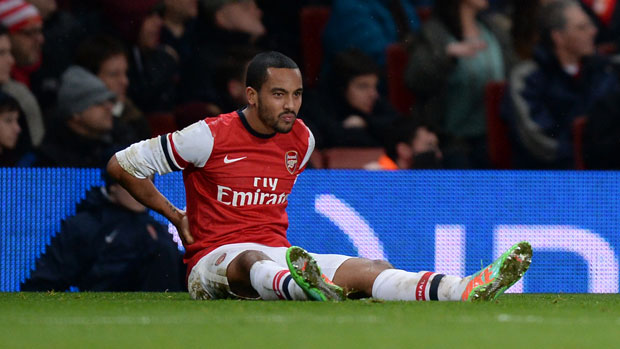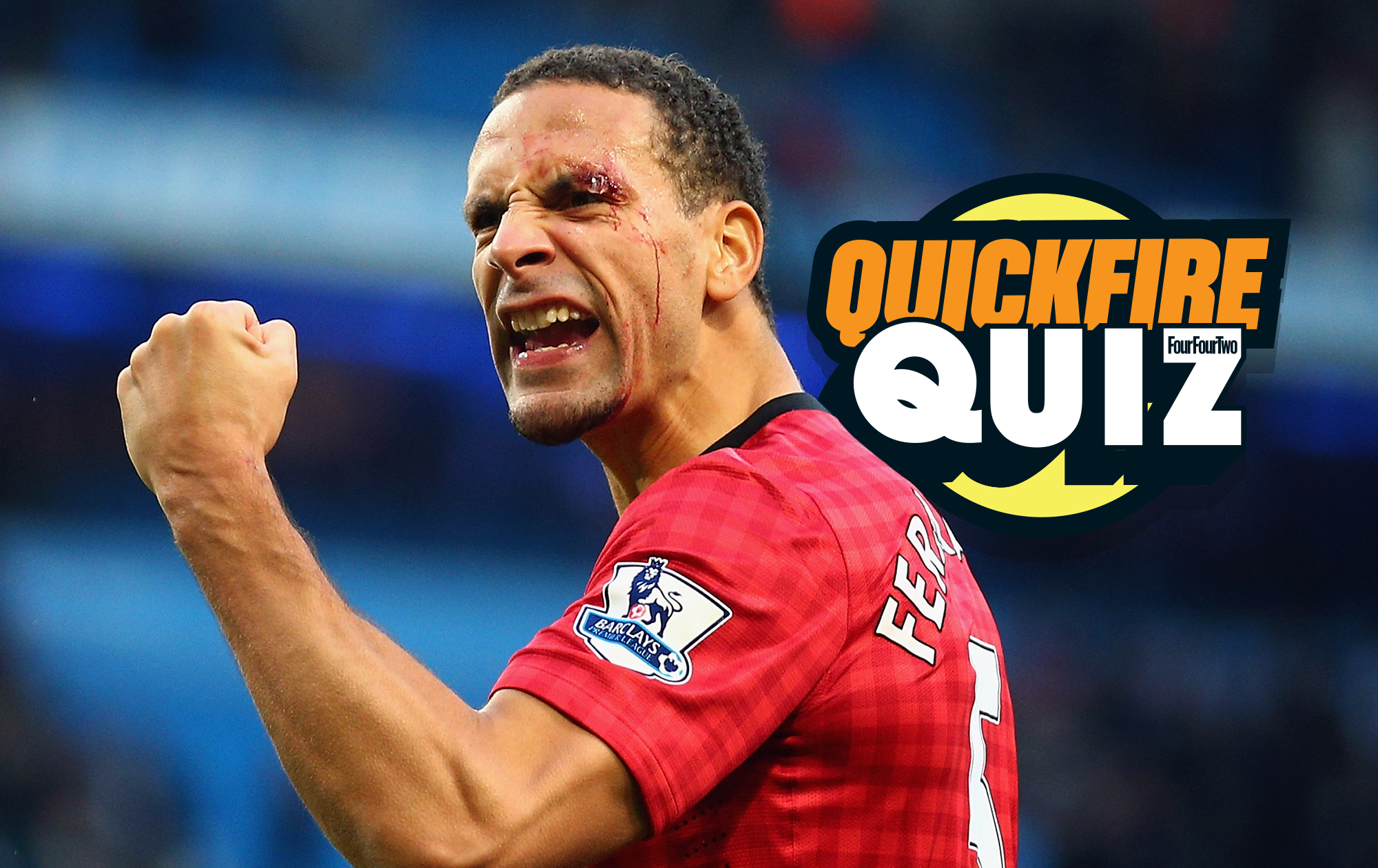
HEADACHES
What’s happening: “Players who sleep on their front suffer more problems with their back and especially their necks.”
The fix: “Move your pillow and put it under your hips and pelvis instead. You can also buy stomach-sleepers pillows that accommodate the position. Some players sew things on to the front of their T-shirts to encourage them to roll over, but the bottom line is if you sleep on your front you will eventually get neck pain and sometimes headaches.”
PAIN IN THE NECK
What’s happening: “The repetitive strain injury that comes with regularly heading the ball can cause neck problems, as the repeated micro-trauma causes almost a whiplash-type injury to the neck. Symptoms include neck, upper back and shoulder pain and headaches.”
The fix: “It responds well to massage and manipulation, but it is useful to strengthen your neck and upper back. Simple neck exercises really help. If you get upper back problems then do press-ups coupled with shoulder and neck rolls.”
LOSING YOUR NATURAL CURVE
What’s happening: “Driving low-seat sports cars makes this a lot worse because the hips are lower than the knees, causing the lumbar spine to lose its natural curve.”
The fix: “Break up your journey. Get out of the car every 45 minutes or so, walk around, bend forward, touch your toes and move your back as much as you can. Also try to get your hips level or slightly higher than your knees. Using a cushion can help.”
POOR POSTURE
What’s happening: “Footballers also sit at desks, using screens, playing computer games and watching TV for prolonged periods. This usually results in poor posture and increased
risk of back pain, and can affect your game.”
The fix: “Get up and move around as regularly as you can, preferably every 10 minutes or so. If you end up having longer periods of being sedentary then doing moves like the Brugger postural relief exercise can help. It can be easily found online.”
ONE LEG LONGER THAN THE OTHER
What’s happening: “Some players have one longer leg, either from birth or due to a fracture. It’s called a ‘true’ leg length difference or an anatomical short leg and can hamper the way a player pivots and moves.”
The fix: “It’s often useful to wear a small raise in the short-leg shoe during the day. On the advice of a specialist, some players will wear these in their boots.”
LOWER LIMB INJURIES
What’s happening: “Players often put a lot more weight through one leg than the other. This can be related to leg length or if they’re very one-foot dominant. You’re more likely to get lower limb joint or ligament injuries on the heavier leg and muscle injuries on the lighter leg.”
The fix: “The key is to find what balances that particular player so that he no longer has such a big weight-shift difference. It can be solved with a change to footwear and a good pelvis-balancing programme.”
For back exercises see:
Prepare your back for football
Prepare your back
Office workout for your back
The best features, fun and footballing quizzes, straight to your inbox every week.
